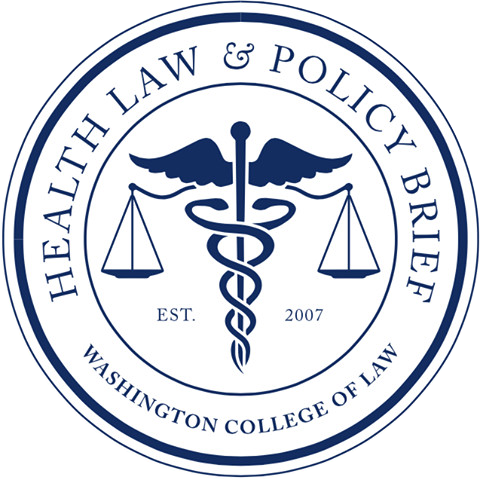In the United States, there are approximately 22 maternal deaths for every 100,000 live births. The rate of maternal deaths in the United States is more than double, almost nearly triple the rate for any other first-world/high-income nation. Many of these pregnancy-related deaths occur during the postpartum period. The postpartum period is days 1- 42 after the baby’s birth and ends around the time a mother’s body nearly returns to pre-pregnancy state. The postpartum time is critical because it lays the foundation for long-term health for the mother and baby.
The American College of Obstetricians and Gynecologists (ACOG) explains that postpartum care for both the mother and the baby must become an ongoing process, not just a single encounter the mother gets before she leaves the hospital and one more visit at her six-week check-in. ACOG further implements that postpartum care should evolve over six weeks. Starting within the first three weeks postpartum, a mother should have a visit to address acute postpartum issues. After the 3-week check-in, postpartum care should include ongoing care as needed, which includes a comprehensive women’s exam and a transition into women’s care after pregnancy.
Although many doctors and health agencies acknowledge the correlation between high maternal deaths and lack of postpartum care, the US still has the highest maternal death rate. In June 2022, the Biden-Harris Administration addressed the Maternal Health Crisis in our country. In their address, Vice President Kamala Harris explains that the systematic barriers and failure to recognize, respect, and listen to patients of color have meant that Black and American Indian/Alaska Native (AI/AN) women experience a greater share in maternal mortality than their counterparts. VP Harris goes on to extend that the Biden-Harris administration is committed to cutting the rates of maternal mortality and morbidity, reducing disparities in maternal health outcomes, and improving the overall experience of pregnancy, birth, and postpartum across the country.
In July 2024, nearly two years after implementation, VP Harris announced that there had been key accomplishments from the administration’s effort to combat maternal mortality and morbidity. Starting off, their administration has created the first-ever baseline federal health and safety requirements for maternal emergency and obstetric services in hospitals. These new standards ensure that hospitals have the protocols and supplies for obstetrical emergencies, and if hospitals are unable to perform during the emergencies, they have procedures to transfer patients to other facilities. Second, the administration has expanded postpartum Medicaid coverage from two to twelve months, which ultimately provides lifesaving coverage to thousands of new moms. Extending has given postpartum moms the ability to seek doula care, and some states can cover the services. In addition to having designated hospitals, VP Harris launched the Newborn Supply Kit Pilot Project, which distributes kits with essential supplies to families. Supplies include diapers, baby lotion, baby socks, blankets, and wipes. The goal of this program is to reduce time, stress, and the burden on new parents to obtain supplies immediately needed.
Specifically looking at the United States hospital system, the administration has also created “Birthing Friendly” Hospitals. These hospitals are designated to describe high-quality maternity care. To earn the designation of “birthing friendly,” hospitals have to participate in statewide or national perinatal quality improvement programs and implement evidence-based quality interventions in their hospital to improve maternal health.
On August 27th, 2024, it was released that the U.S. Department of Health and Human Services (HHS) announced more than $558 million in additional funding to improve maternal health. $440 million of their projected funding is to expand evidence-based maternal, infant, and early childhood home visiting services across the country. $118.5 million of their funding comes from the CDC to aid in building the public health infrastructure to better identify and prevent pregnancy-related deaths.
As we pass the two-year mark on the Biden-Harris administration’s maternal mortality and morbidity project, it is safe to say the U.S. has made great strides in moving towards lowering its maternal death rate. There are still many areas that need work and change, but it is safe to say necessary changes to alter and protect the mothers of the U.S. are being made.
